Dear Sister . . .
#190: Now & Then; Art (Bryan Valdez and JC Gonzalez); Lisa Angulo Reid, Anthem Pilatelist, Vida Cruz-Borja, Kitten on the Keys, Lyla June Johnston, Ursula K. LeGuin, André 3000, and Beirut Collective.
NOW
The last weekend and this week were taken up with a lot of events, tasks, and health issues that left me without energy to create even a “break time” post. Also, all the toxic news circulating on social media has been sapping too much of my attention and energy. I have deleted all the social media apps on my phone.1
This week, I’m feeling more together. Regarding my letter project, I’ve decided to seek a grant to help fund both the archiving of my parents’ letters (which is a significant project of its own), and the writing of a first draft of what I hope will become a book. I’ve already started querying. If you have any ideas, dear readers, let me know!
THEN
For the past few months, my focus has been on my parents,’ and especially my dad’s, letters, since few of my mom’s letters seem to have survived. But Mom was also receiving letters regularly from her siblings, especially her sister Leonarda (Dading).
I’m becoming accustomed to my Aunt Dading’s measured handwriting, which was so similar to my mother’s. An envelope from 1953 held three letters from her. In the letters from July and August, my aunt reported that she had heard from my grandmother that my parents were purchasing a house, and she assumed that was why my mom hadn’t written for awhile. My aunt went on to describe the worries she had before giving birth to her child, who ended up arriving later than expected. Fortunately, after some difficulties, she gave birth to a healthy baby boy. “Oh dear, you should see him. I wish to God he and Jean will meet someday and soon.”
Her letter from September of 1953 suggests that the two sisters were sharing notes about parenting. I wonder what—perhaps a complaint from my mom?— prompted my aunt to remark that “Jeanie must be real naughty”! There is no explanation in the letter.
My aunt described her son, Duffy, at length, noting what a big boy he was getting to be (though still a baby), “barrel-chested and very sociable.” She wrote, “I do not have trouble looking after him at night. His grandma sleeps with him, baths [sic] him too, and takes care of him also when I’m in school. They just love him so!”
In this letter, the family in the Philippines were waiting for my father’s arrival in Manila, and holding off on their son’s baptism until he arrived. Mom had sent them some baby clothing for Duffy, and Aunt Dading confirmed that the size was just right. Their cousin Diaga had also sewed several shirts for him.
My aunt and her husband were also in the process of renting a duplex for my grandmother, so that she would not have to live with her youngest son and his family. They planned to help pay for her hired help, and expected to visit her regularly on weekends “so she won’t feel bored and lonesome.”
The letter revealed to me that they were relying on my mom to send them an “allowance” for my grandmother of 30 to 60 pesos per month. It is not uncommon for everyone in a Filipino family to pitch in like this, and my mother’s family was no exception; it was expected and appreciated.
I do wonder what it would’ve been like if I had known my grandmother and she had helped to care for me as a child. Would she have fed me and slept with me? Would she have told me stories about herself and her children? I think she would’ve provided another dimension to my knowledge about the family. But I’ll never know.
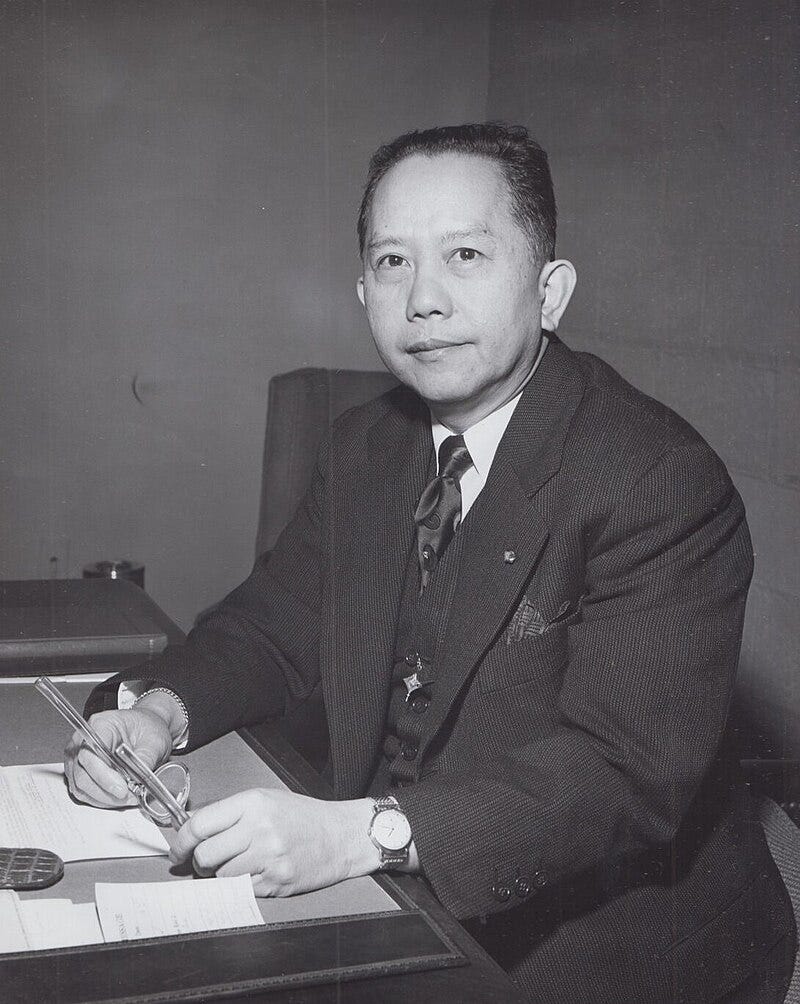
Unlike my parents’ letters to each other—which almost never mentioned politics—about a quarter of my aunt’s letter was devoted to politics and the 1953 Philippine election, which she summarized for Mom. The race was between Ramon Magsaysay, Elpidio Quirino, and Gaudencio Bueno. The popular statesman and Pulitzer prize-winning author Carlos P. Romulo had given up his run for candidacy for mysterious reasons, according to my aunt.
During the early 1960s, Mom was able to meet Romulo at a Santa Cruz YWCA event that her Filipino women’s club co-sponsored, several years after he had served as Chairman of the United Nations Security Council. He was then President of the University of the Philippines. I remember the excitement of that event, and newspaper reporters visiting our house. I’ll write more about that in another issue.
COLLABORATIVE AND COMMUNITY-BASED ART
I spent much of last Saturday at the ACES (Asian Cultural Experience of Salinas) office in Salinas, where I welcomed guests to the Asian Cultural Fair, and gave a short talk to tour attendees about our exhibit: “Filipinos Building Community in Salinas Chinatown.” It was a successful event! While I was in the office, I couldn’t help but notice students from local high schools and colleges outside, doing chalk drawings on the sidewalk, and one volunteer, Bryan Valdez, a Hartnell College student from King City, who was painting a small dragon on the plinth in front of the building. These artists were mentored by JC Gonzalez, who runs Urban Arts Collaborative just a couple doors down from our office. UAC is a collaborating partner of ACES.
Unlike “high art” that is exhibited inside a museum or on the walls of an art gallery, everyday aesthetics—community-based murals and sculptures—form the streetscape of daily life in a locality. These public artworks, often displayed on the exterior of a school, community center, or neighborhood business, are accessible to everyone in a community and can be experienced without the barriers of cost and class. Such public art initiatives can be transformative for a community, particularly if that community collaborates in the creation of the art and the artwork represents core community values. — From “Collaborative Art: A Transformational Force within Communities” Melissa G. Bublitz, et al.
Thanks to Bryan Valdez for painting the dragon mural in front of the ACES office, and to JC Gonzalez for painting the lotus flower, as well as the butterfly mural he painted several years ago on the other side of the ACES office.
The video (below, on Instagram) with audio shows Bryan painting the dragon:
JC Gonzalez’ beautiful butterfly mural on the Moon Gate Plaza building:
RABBIT HOLE
Lisa Angulo Reid’s post “Making Sense of the Senseless” on the recent Lapu-lapu block party killings in Vancouver. Art by Lexa Luna Studio.
I’ve been reading a lot of sci-fi and fantasy lately. Author Tony Robles interviews fantasy and science fiction author Vida Cruz-Borja for Listen & Be Heard:
Kitten on the Keys (Suzanne Ramsey) talks about her flamboyant personality, her burlesque performances, film success in France with Tournee (directed by Mathieu Amalric), and her sojourn (feeling “like a potted plant”) in San Francisco:
Writing exercises from Ursula K. LeGuin’s book Steering the Craft. (From Story Lab):
SOUNDINGS
A strange environment for a concert: André 3000 performs in the NY Times newsroom. Kind of like bringing the rainforest into an office. If you’re interested you can listen to his interview on “Popcast,” which took place just prior to this performance.
Diné musician, orator, and scientist Lyla June Johnston sings about her indigenous experience and Indian boarding schools:
Psychedelia and Acid Folk (1960s-80s) from the Beirut Collective:
My gratitude goes to everyone who reads Eulipion Outpost regularly, and especially to those who have subscribed or donated on my Ko-fi page to support my efforts.
My ongoing appreciation goes to the Mysterious M. for his excellent editing skills.
Website and blog: Jeanvengua.com
A Crooked Mile (a blog)
CommonwealthCafe (Filipino American & AAPI history and print culture)
Eulipion Outpost is a reader-supported publication. To receive new posts and support my work, consider becoming a free or paid subscriber.
. . . except for some Mastodon instances which tend to monitor their feeds closely for toxic posts. I can still access Bluesky on my computer, but—like Mastodon—my settings on Bluesky limit the crap that other social media would allow.

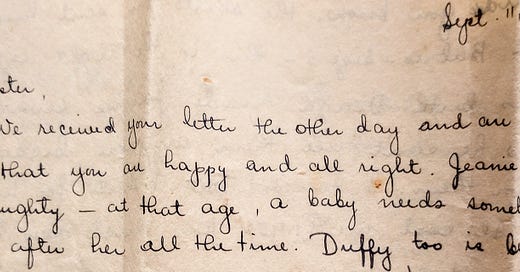



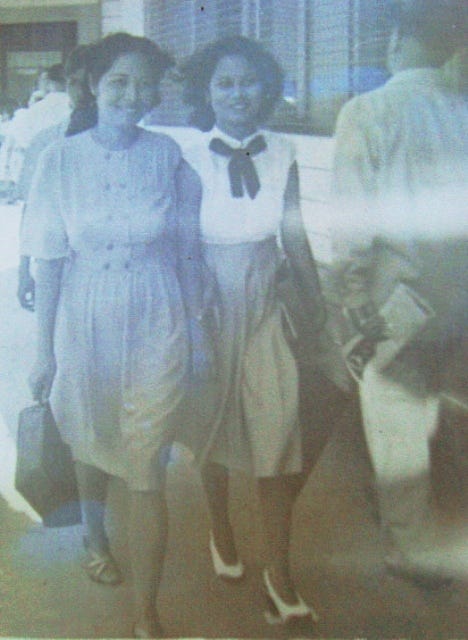
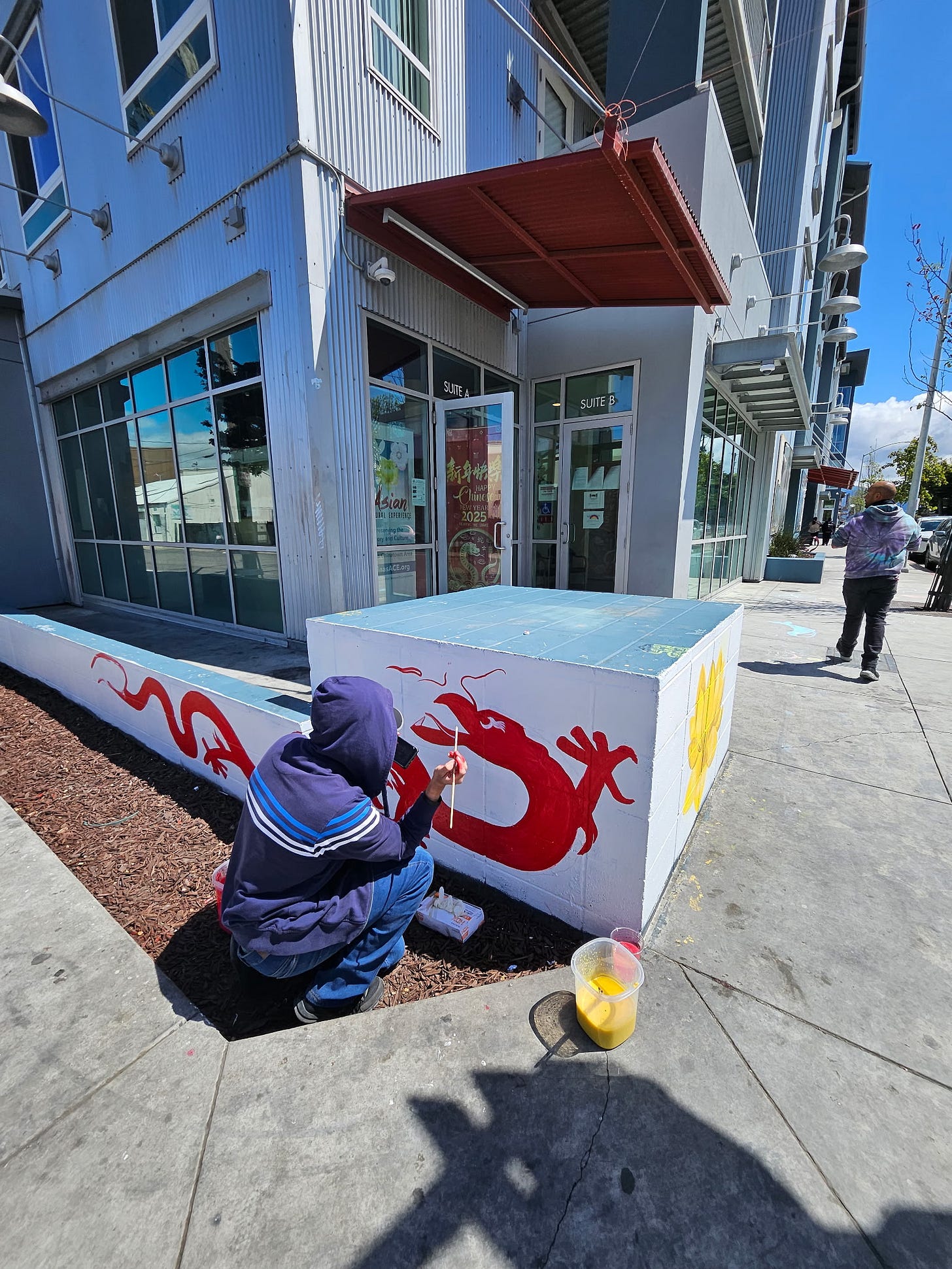
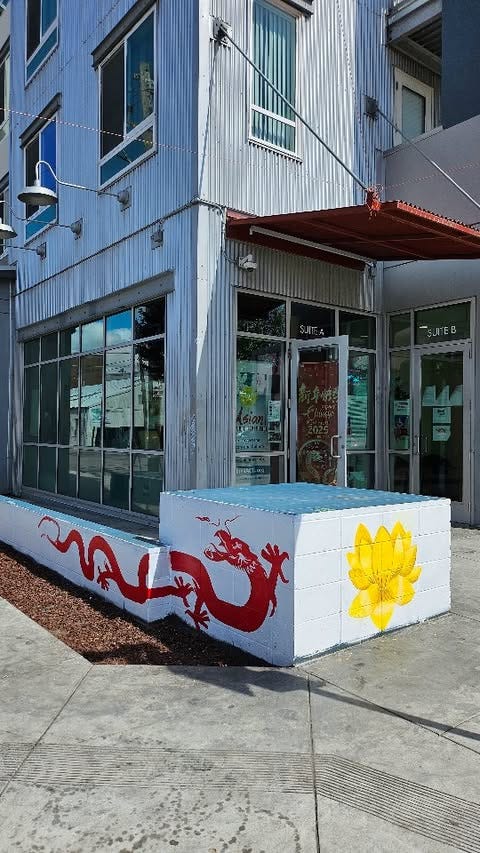
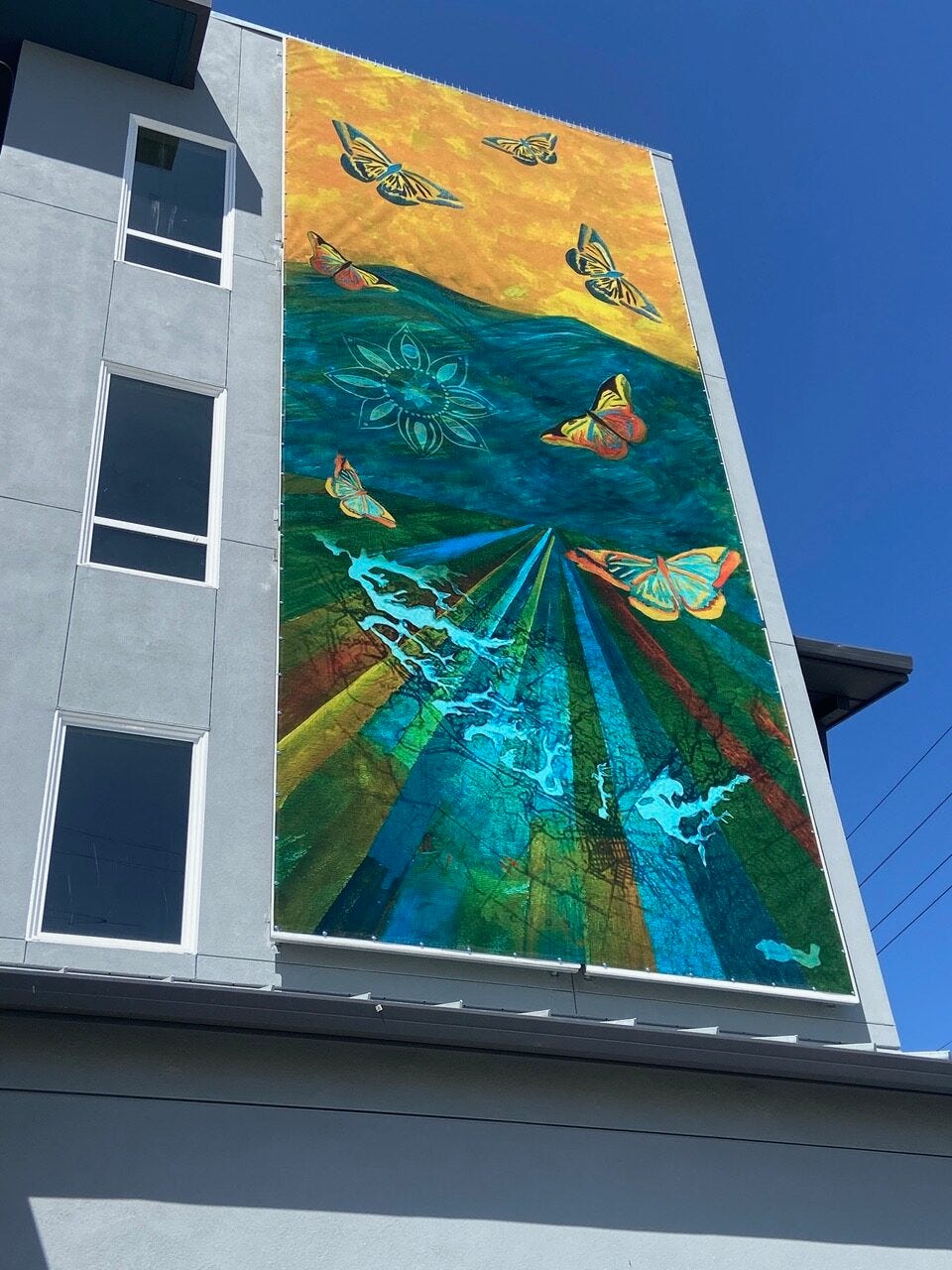

Thank you so much for sharing my post!
Good luck with the grant. Love the flavor of the sisters’ communication. Keep sharing!